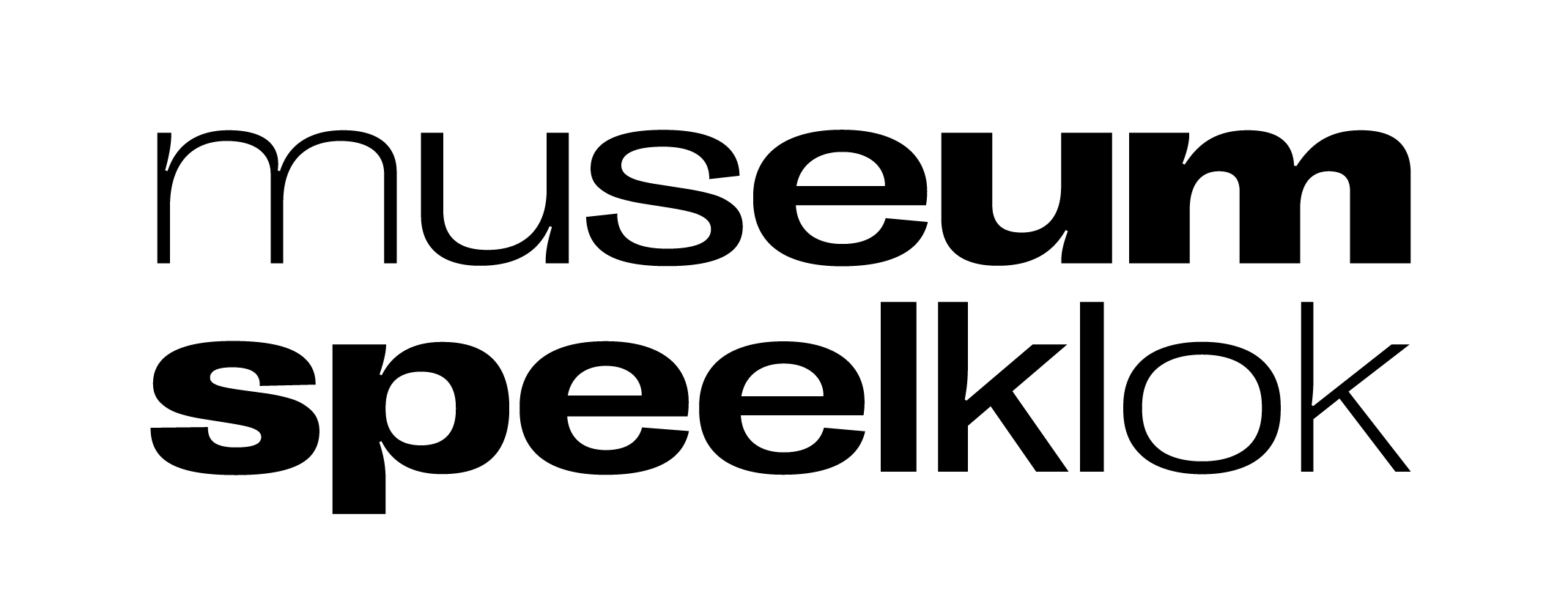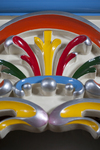Details
TitleStreet Organ 'The Three Wigs' (De Drie Pruiken)
CreatorGavioli et Cie, Gijsbert Perlee
PlaceParis (France), Amsterdam (The Netherlands)
Year ca 1900 - ca 1952
Object number1126
Object categorymechanical instruments with organ pipes
Object namestreet organ, organ with book
DescriptionThe street organ the 'Drie Pruiken' ('Three Wigs') was originally a Gavioli cylinder organ. Around 1900 it was converted into a 57-key fair book organ by Gavioli, the original builder. Conversions like this, of cylinder organs to book organs, took place regularly.
Accompanying textsThe diverse repertoire includes popular melodies of the past and present. Today we still make new musical arrangements for the 'Drie Pruiken' - not just by creating new books but also using the MIDI system added in 2010.
The organ was converted into a book organ by Gavioli around 1900 and delivered to an English fairground operator through an agent in Manchester. Little is known about its English history, but we do know that the organ was first seen in the Netherlands at a fair in Gouda in 1923. Here it was purchased by a Rotterdam organ rental company and brought to the streets there. In 1935 the organ was altered by Carl Frei in Breda, who modified both its appearance and technology. The original musical range remained the same. In 1938 the organ was bought by an organ grinder from Sliedrecht, where it played for several years. From 1946 it returned to Rotterdam, where it was bought by Gijs Perlee in 1949. Perlee turned the Drie Pruiken into the organ we know today in 1952. The musical parts and the original organ front were modified at that time. From about 1950-1970 the Drie Pruiken spent a long time in Utrecht and after a number of 'wanderings' it came into the ownership of Museum Speelklok in 2008. The three beautiful organ sculptures that now adorn the organ come from a French Limonaire organ. It is to this conductor and merry bell players that the organ owes its current name. This is also quite special because the Drie Pruiken was the very first organ in the Netherlands on which organ statues (which had gone out of fashion in the 1930s) were replaced again after World War II.
The organ was converted into a book organ by Gavioli around 1900 and delivered to an English fairground operator through an agent in Manchester. Little is known about its English history, but we do know that the organ was first seen in the Netherlands at a fair in Gouda in 1923. Here it was purchased by a Rotterdam organ rental company and brought to the streets there. In 1935 the organ was altered by Carl Frei in Breda, who modified both its appearance and technology. The original musical range remained the same. In 1938 the organ was bought by an organ grinder from Sliedrecht, where it played for several years. From 1946 it returned to Rotterdam, where it was bought by Gijs Perlee in 1949. Perlee turned the Drie Pruiken into the organ we know today in 1952. The musical parts and the original organ front were modified at that time. From about 1950-1970 the Drie Pruiken spent a long time in Utrecht and after a number of 'wanderings' it came into the ownership of Museum Speelklok in 2008. The three beautiful organ sculptures that now adorn the organ come from a French Limonaire organ. It is to this conductor and merry bell players that the organ owes its current name. This is also quite special because the Drie Pruiken was the very first organ in the Netherlands on which organ statues (which had gone out of fashion in the 1930s) were replaced again after World War II.
Dimensions
height: 310 cm
width: 395 cm
depth: 177 cm
width: 395 cm
depth: 177 cm
Digital references




